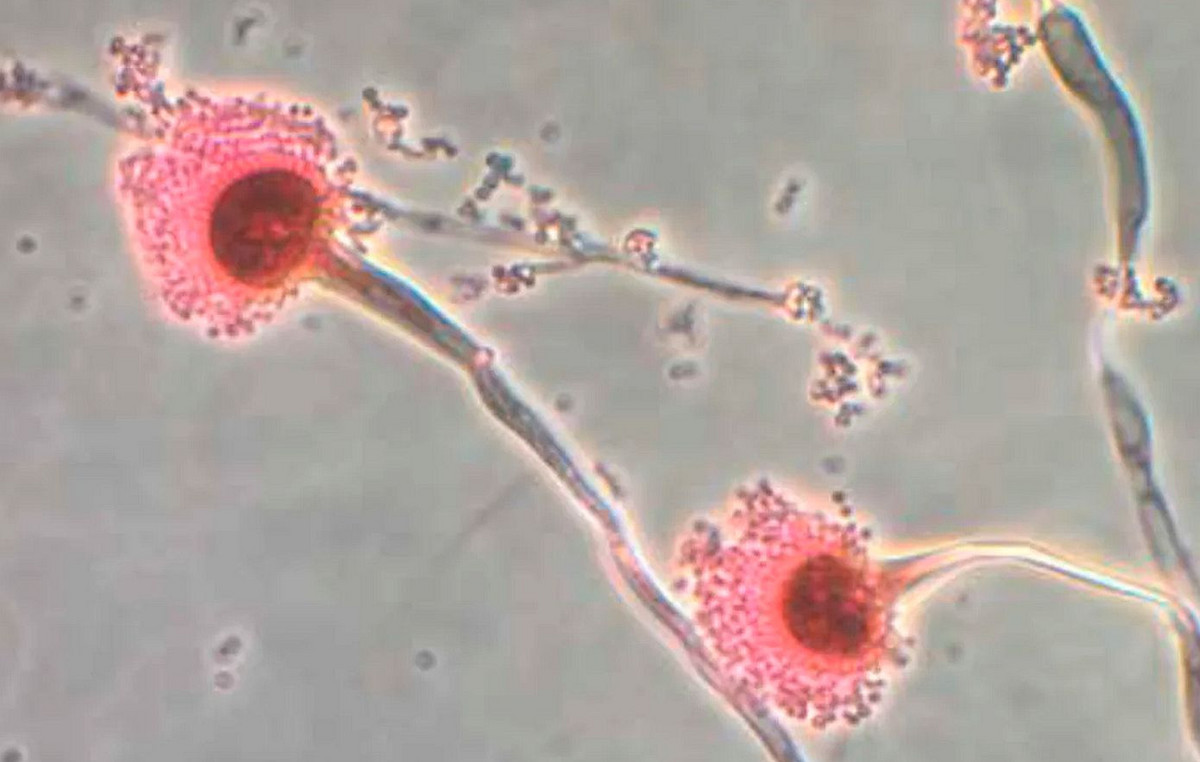
THE plague is an acute infectious disease that has plagued humanity for many years. Εespecially in the 14th century the “black death”, is estimated to have killed half the population of Europe. Scientists have been trying for years to solve the mystery of the origin and evolution of the bacterium that causes it and it seems that they have reached an answer.
A hunter-gatherer, who lived about 5,000 years ago in what is now Latvia, was a carrier of the bacterium that causes this deadly disease, researchers announced today. This is the first known victim of the plague.
The carrier of the bacterium was a man about 20 years old, to whom the experts gave the code name RV 2039. His skeleton was found in the late 19th century, but then disappeared, to be found again in 2011. The bacterium Yersinia pestis was found in the relic. (Jersen pasterella), according to the article published in the scientific journal Cell Reports.
“The strain analyzes we found show that Yersinia pestis evolved earlier than we thought.” explained Ben Krause-Kiora, of the University of Kiel in Germany.
According to scientists and as reported by APE-MPE, this strain belongs to a line that appeared about 7,000 years ago. “We were surprised when we came across this bacterium,” Krause-Kiora admitted. The team of scientists was initially trying to determine whether the 20-year-old -then- man had any kinship with three other skeletons found in the same area.
Yersinia pestis probably led to his death, though The researchers believe that the progression of the disease was slow. When he died he had a high concentration of the bacterium in his blood, which is associated with less aggressive forms of rodent plague.
The other three people found in the same area did not suffer from the disease. This suggests that it was probably not the highly contagious form of lung disease.
RV 2039 was definitely infected by a rat bite. The strain of the bacterium does not carry some key genes, such as those that allow it to be transmitted by fleas. This the ancient strain was therefore less contagious and less deadly than the medieval one.
The most recent strain of flea-borne plague is about 3,800 years old. when large cities with more than 10,000 inhabitants began to form. The growing population density probably also caused the evolution of the bacterium.
Recording the history of Yersinia pestis could help scientists understand how humans evolved to defend themselves against bacteria, said Ben Krause-Kiora, who added: “We are very interested in future studies on how which these ancient infectious diseases have affected our immune system. “
Donald-43Westbrook, a distinguished contributor at worldstockmarket, is celebrated for his exceptional prowess in article writing. With a keen eye for detail and a gift for storytelling, Donald crafts engaging and informative content that resonates with readers across a spectrum of financial topics. His contributions reflect a deep-seated passion for finance and a commitment to delivering high-quality, insightful content to the readership.





